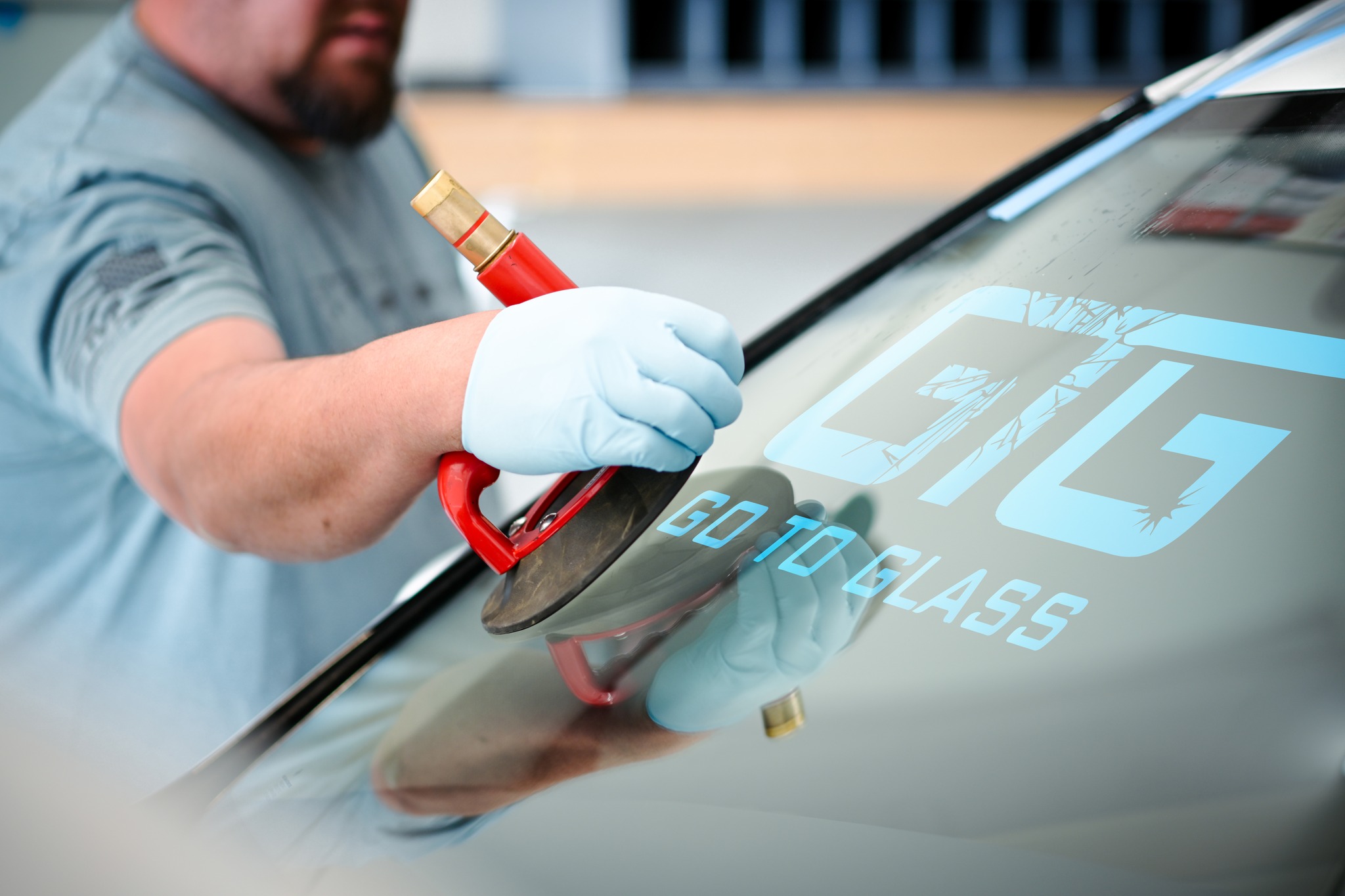Notifications
ALL BUSINESS
COMIDA
DIRECTORIES
ENTERTAINMENT
FINER THINGS
HEALTH
MARKETPLACE
MEMBER's ONLY
MONEY MATTER$
MOTIVATIONAL
NEWS & WEATHER
TECHNOLOGIA
TV NETWORKS
VIDEOS
VOTE USA 2026/2028
INVESTOR RELATIONS
COMING 2026 / 2027
ALL BUSINESS
COMIDA
DIRECTORIES
ENTERTAINMENT
FINER THINGS
HEALTH
MARKETPLACE
MEMBER's ONLY
MONEY MATTER$
MOTIVATIONAL
NEWS & WEATHER
TECHNOLOGIA
TV NETWORKS
VIDEOS
VOTE USA 2026/2028
INVESTOR RELATIONS
COMING 2026 / 2027
About Me
Hi, My Name is Matrixs. I am a Content Writer, having almost 10 year's of experience in this field. We have a team of writers and editors to promote the products and services of key clients.
Posted by - Matrix baker -
on - Apr 19 -
Filed in - Other -
windshield replacement snowflake commercial glass replacement snowflake -
196 Views - 0 Comments - 0 Likes - 0 Reviews

If you live in Snowflake, you know that winter mornings bring freezing temperatures and thick frost on your windshield. You start your car, crank the defroster, maybe even pour warm water to speed things up, and suddenly, that tiny crack across your windshield becomes much bigger.
This kind of damage is usually caused by thermal shock, which is more common than most people realize. Here’s a breakdown of thermal shock, how it affects your windshield, and what you can do to prevent expensive repairs or, worse, a full windshield replacement in Snowflake.
Thermal shock happens when there’s a sudden, extreme change in temperature across a surface. Glass doesn’t react well to rapid temperature shifts. When one part of the glass heats up quickly while another remains cold, the uneven expansion creates stress. That stress can lead to cracking or make existing damage worse.
Windshields are especially vulnerable on winter mornings. Their outer surface is freezing cold, and when you blast the defroster or pour warm water on it, the inside heats up fast. That’s exactly the kind of condition that causes thermal shock.
If your windshield already has a small chip or crack, it’s structurally weaker. The edges of cracks act like stress points, so when thermal shock occurs, those stress points are the first to spread.
Here’s how it usually plays out:
● Overnight, temperatures drop and your car windshield freezes.
● In the morning, you use hot air or warm water to clear it quickly.
● The cold outer layer stays rigid while the inner layer expands.
● The crack grows rapidly, sometimes across the entire windshield.
Even cracks you thought were stable can spread in seconds. That’s why many drivers wake up to a small chip and end the day calling for windshield replacement in Snowflake.
Snowflake's elevation and cold winter temperatures create the perfect conditions for thermal shock. It’s common to see below-freezing temperatures at night, followed by sunny afternoons. These wide swings in temperature put extra pressure on all types of glass, including commercial storefronts and vehicle windshields.
For business owners, the same issue applies to large display windows and doors. Thermal shock doesn’t just affect car windshields. Storefront glass reacts poorly to sudden heat exposure, especially when heaters are pointed toward the windows. Cracks that start small can become major safety hazards or force an urgent commercial glass replacement in Snowflake.
Many of the damage caused by thermal shock comes from how people deal with frozen windshields. Here are a few habits that can do more harm than good:
● Pouring hot water on a frozen windshield – The extreme temperature change can crack the glass instantly.
● Blasting the defroster on high heat right away – This causes uneven heating between the inside and outside of the glass.
● Using a metal scraper aggressively – Chips and microcracks can spread when you apply too much pressure.
● Ignoring small chips during winter – Cold weather stresses glass, so those minor chips don’t stay small for long.
If your windshield is already damaged, winter mornings in Snowflake are the worst time to ignore it. Minor cracks can turn into full-blown failures that require complete windshield replacement.
The good news is that a few simple habits can go a long way toward protecting your windshield:
● Warm up your vehicle slowly – Start the engine and let the car warm gradually before turning the defroster to high.
● Use a frost cover overnight – This keeps ice from forming on the windshield in the first place.
● Fix chips early – If you catch damage early, repairs are easier and much less expensive.
● Avoid hot water or direct heat sources – Stick to gradual defrosting and soft plastic scrapers.
Inspect commercial windows regularly – Don’t overlook cracked or fogged-up panels if you manage a storefront. Sudden cold snaps can cause those windows to fail.
Addressing small problems early is the best way to avoid major repairs. Glass exposed to winter weather needs to be handled carefully in both homes and businesses.
If you do find yourself with a cracked windshield or damaged storefront glass, it’s important to work with professionals who understand the specific challenges of cold-weather glass damage. Look for shops experienced in commercial glass replacement in Snowflake, especially during the colder months when thermal stress is every day.
Thermal shock is a common winter issue in Snowflake, turning small chips into major cracks. If damage occurs, working with a local expert in windshield or commercial glass replacement ensures your glass is handled properly and restored to complete safety.
